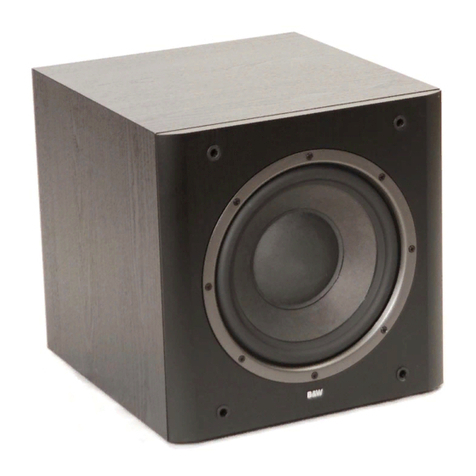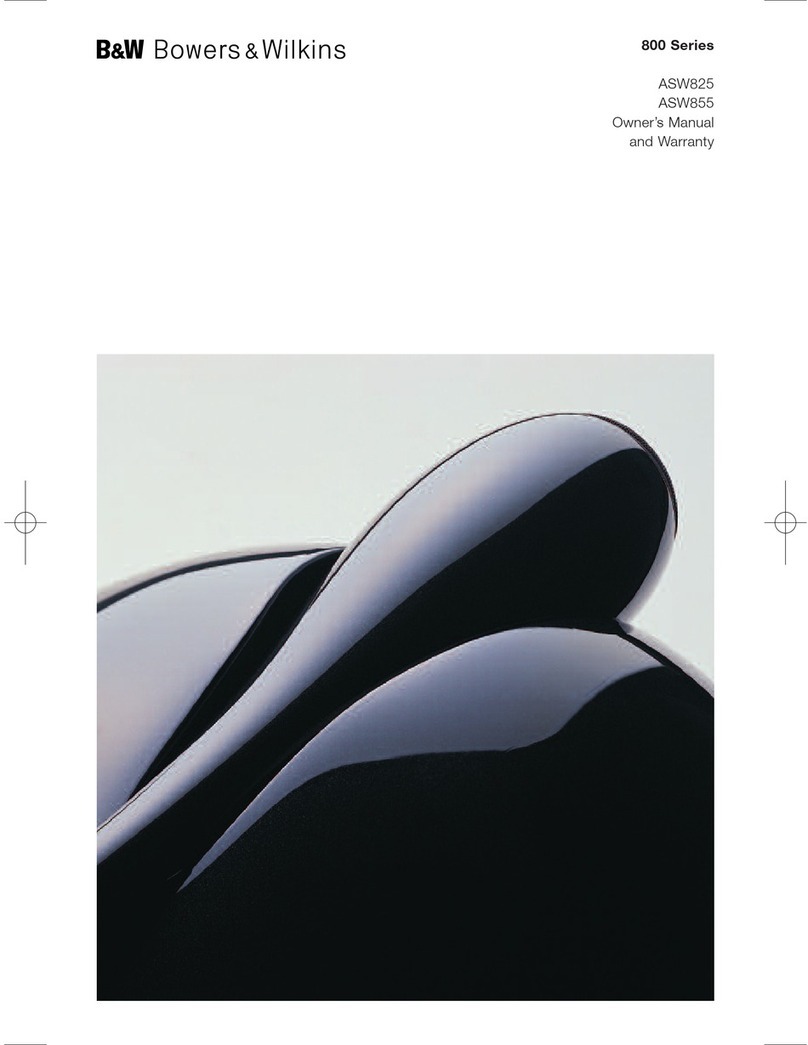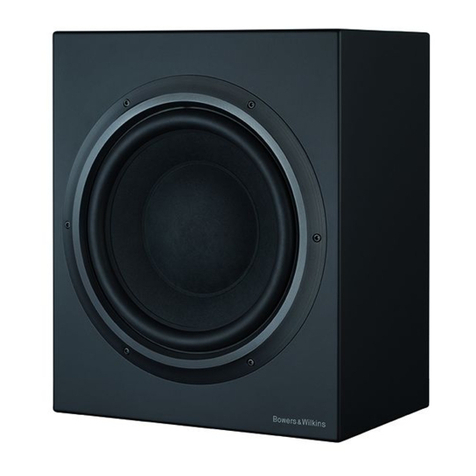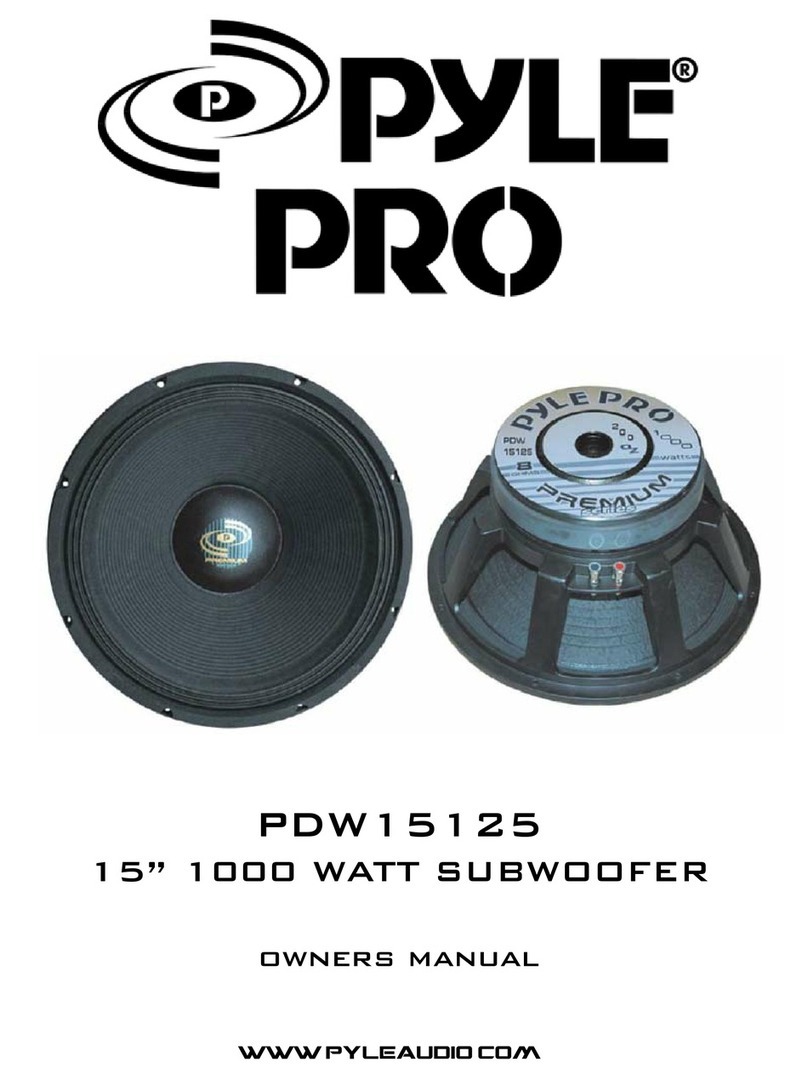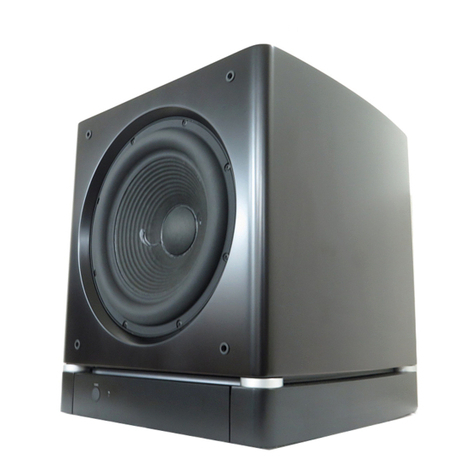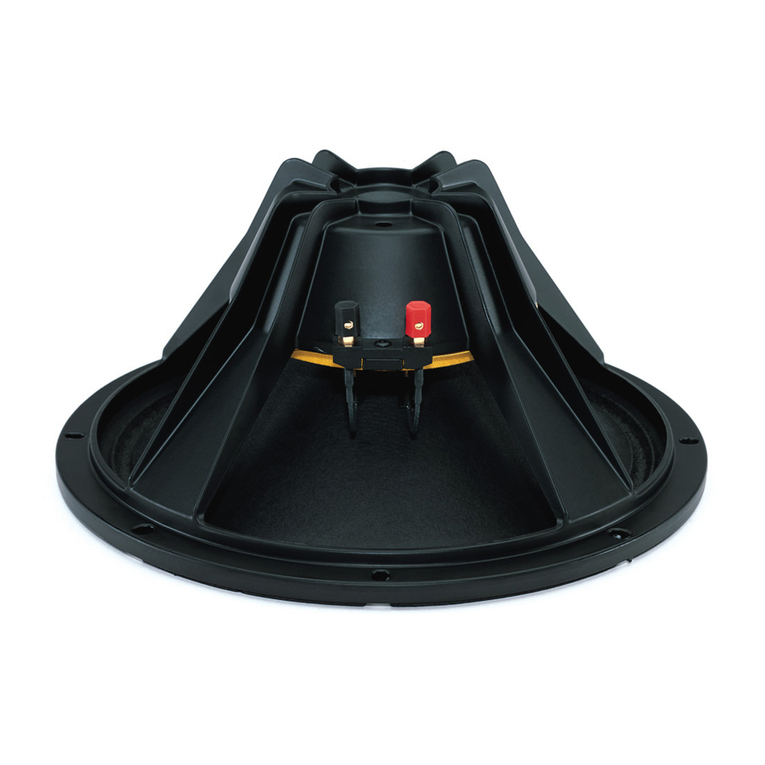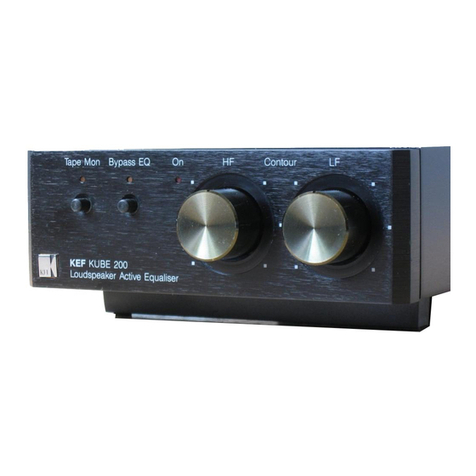Bowers & Wilkins ISW-3 User manual
Other Bowers & Wilkins Subwoofer manuals

Bowers & Wilkins
Bowers & Wilkins ASW610 User manual
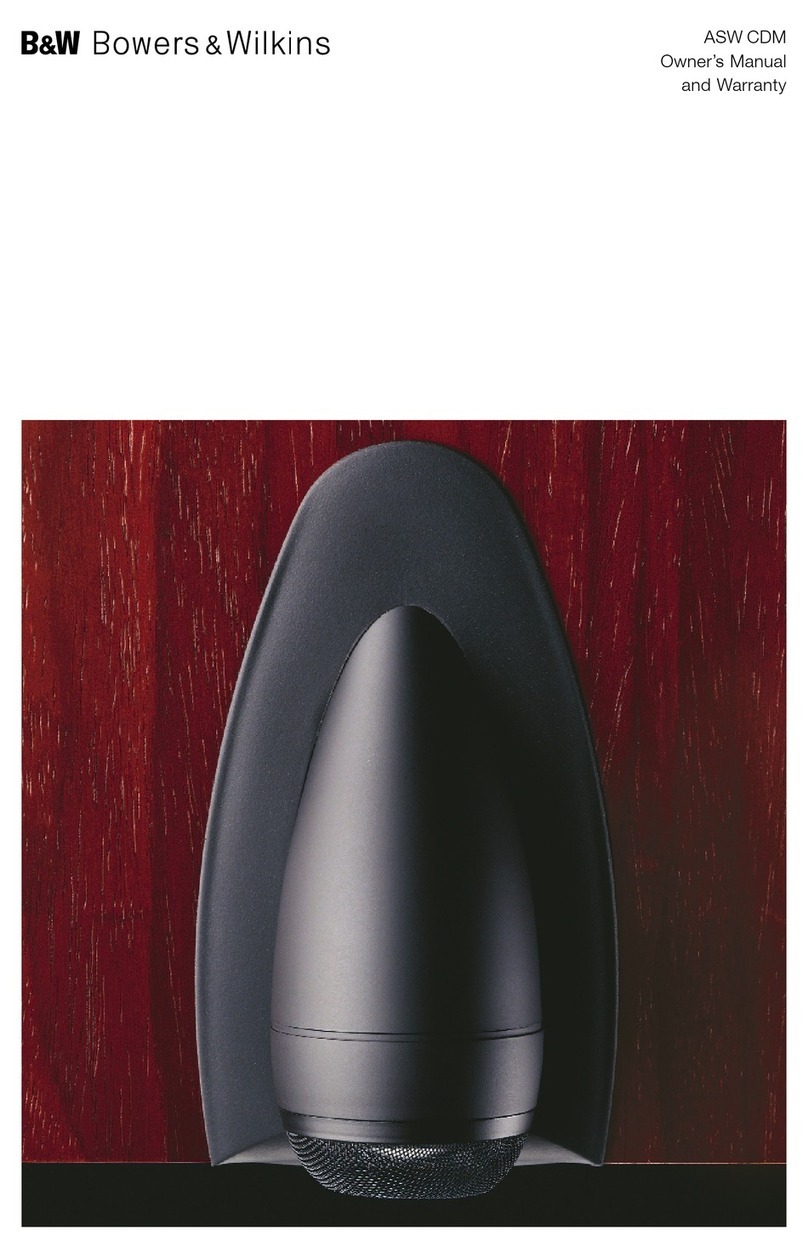
Bowers & Wilkins
Bowers & Wilkins Subwoofer ASW CDM Supplement
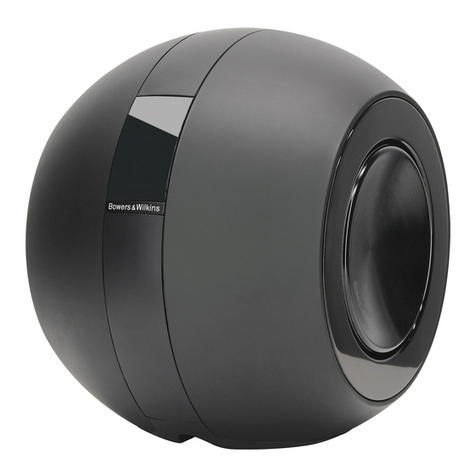
Bowers & Wilkins
Bowers & Wilkins PV1D User manual
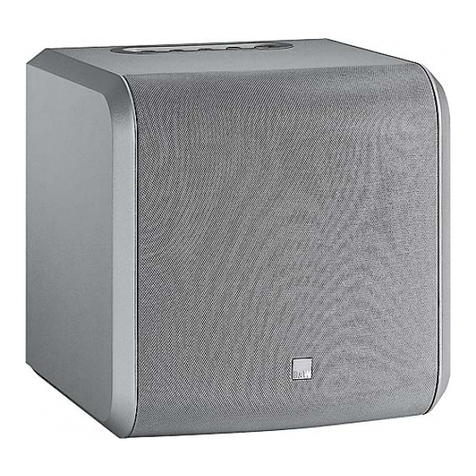
Bowers & Wilkins
Bowers & Wilkins AS2 Supplement
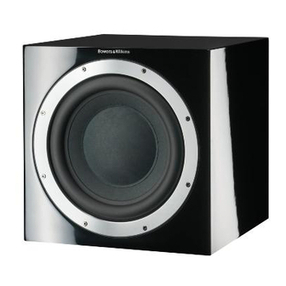
Bowers & Wilkins
Bowers & Wilkins ASW 10CM User manual
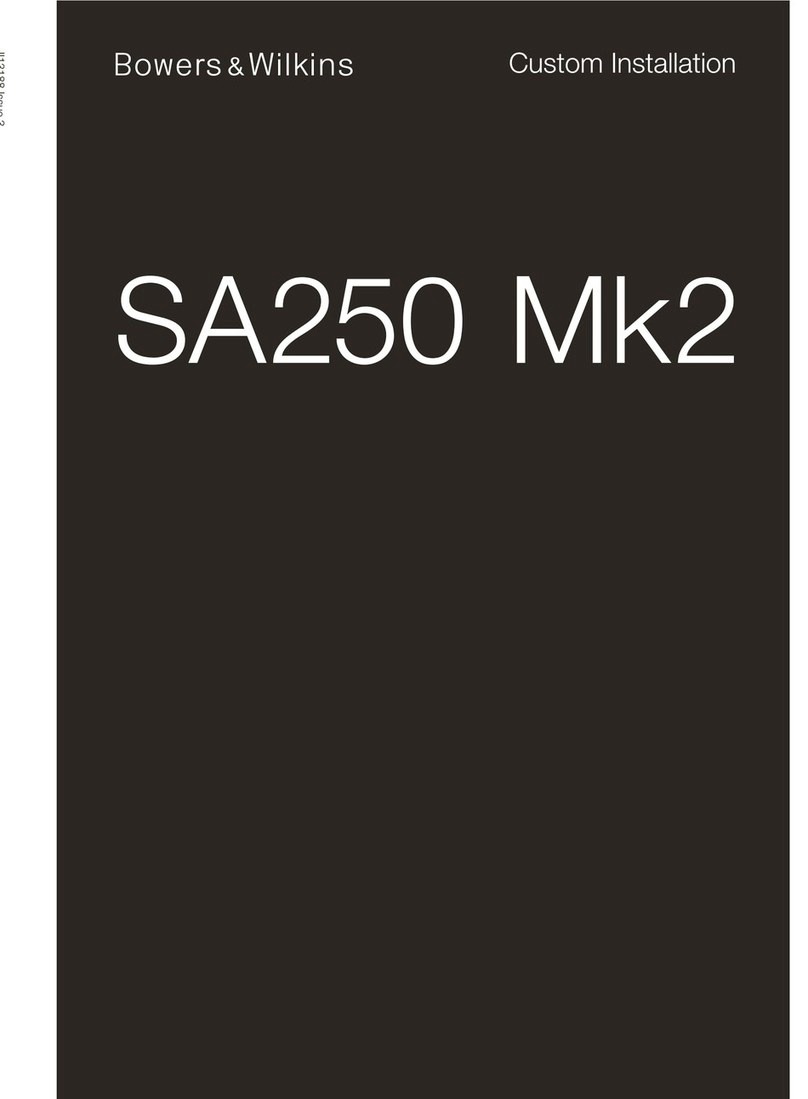
Bowers & Wilkins
Bowers & Wilkins SA250 Mk2 User manual
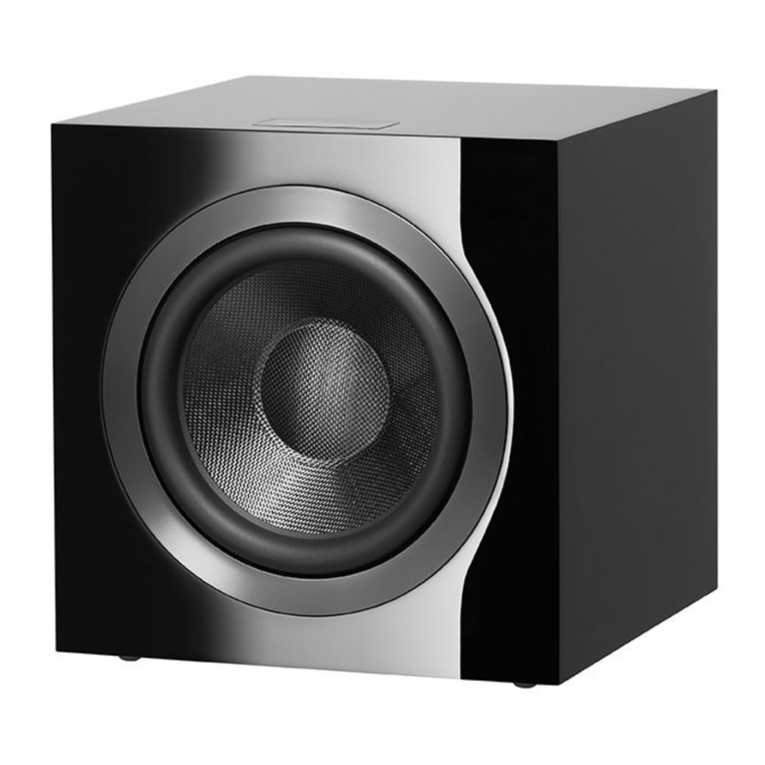
Bowers & Wilkins
Bowers & Wilkins DB4S User manual

Bowers & Wilkins
Bowers & Wilkins DB1D User manual

Bowers & Wilkins
Bowers & Wilkins PV1D User manual
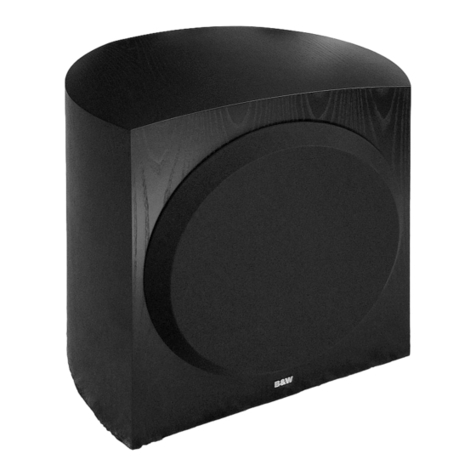
Bowers & Wilkins
Bowers & Wilkins ASW800 Supplement
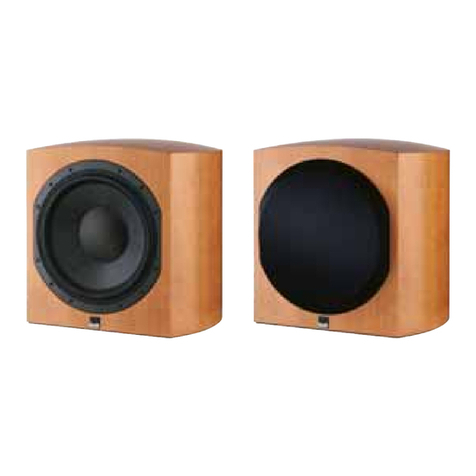
Bowers & Wilkins
Bowers & Wilkins ASW825 User manual
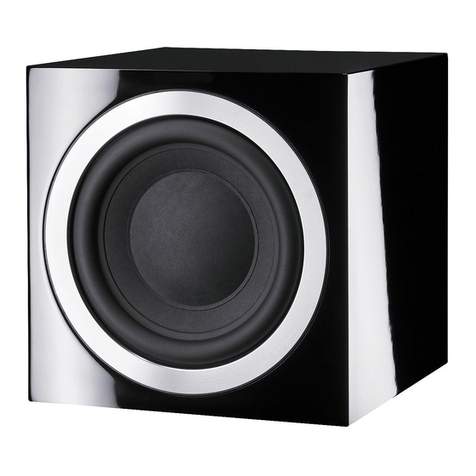
Bowers & Wilkins
Bowers & Wilkins ASW10CM S2 User manual
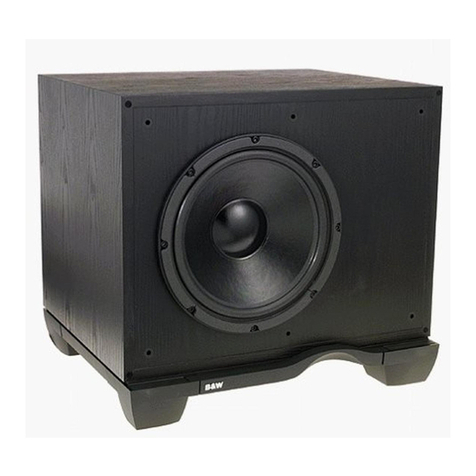
Bowers & Wilkins
Bowers & Wilkins ASW2000 User manual
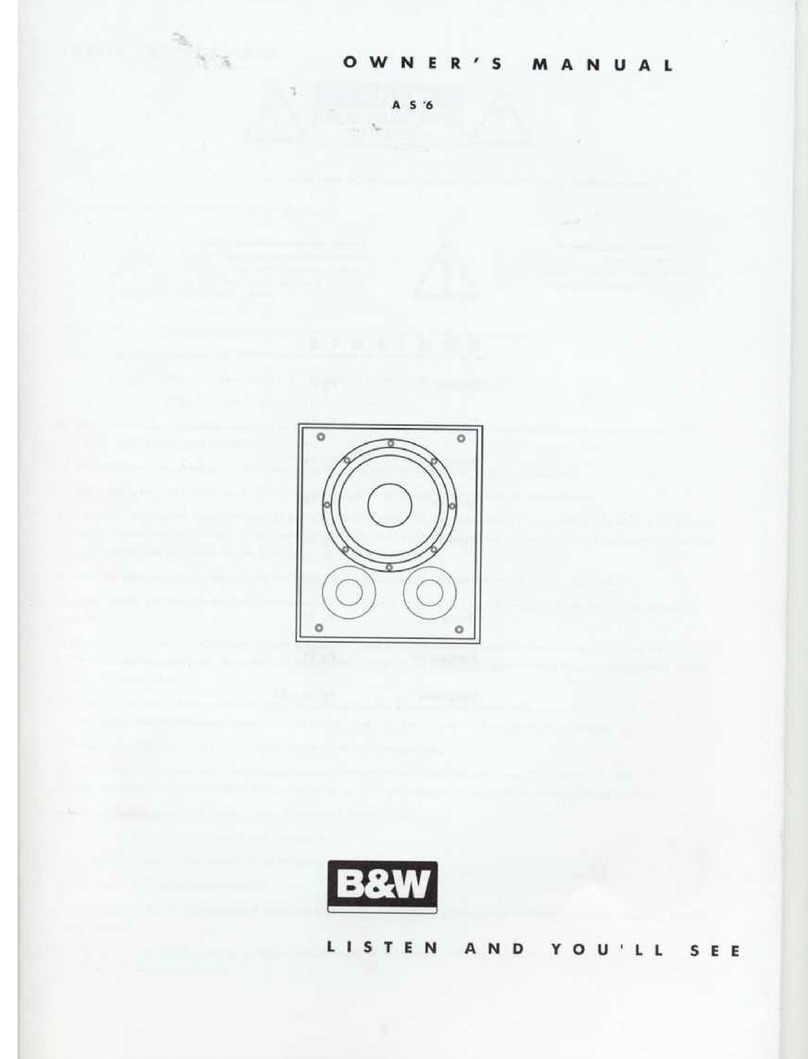
Bowers & Wilkins
Bowers & Wilkins Active Subwoofer AS6 User manual
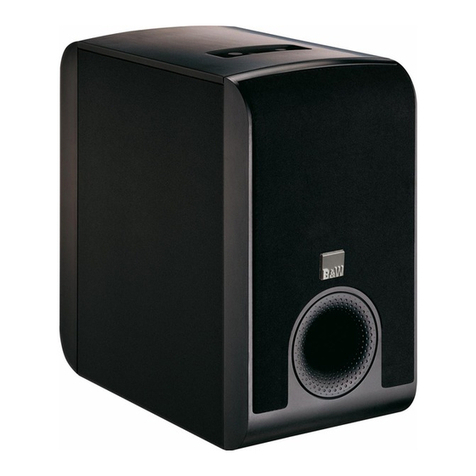
Bowers & Wilkins
Bowers & Wilkins AS1 User manual
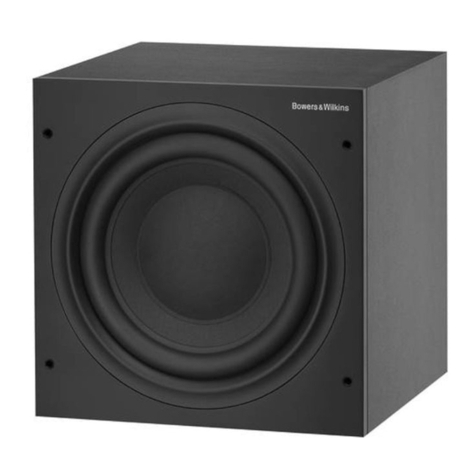
Bowers & Wilkins
Bowers & Wilkins 600 User manual

Bowers & Wilkins
Bowers & Wilkins ASW850 User manual
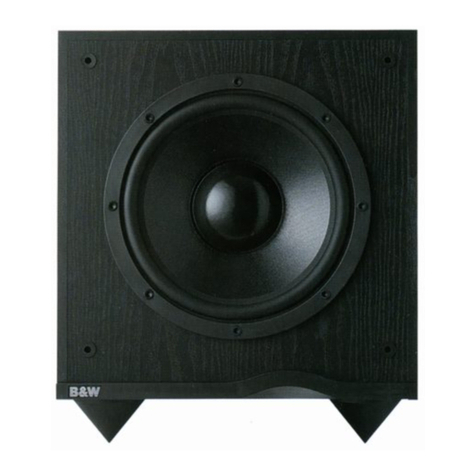
Bowers & Wilkins
Bowers & Wilkins ASW 500 User manual

Bowers & Wilkins
Bowers & Wilkins ASW 4000 User manual
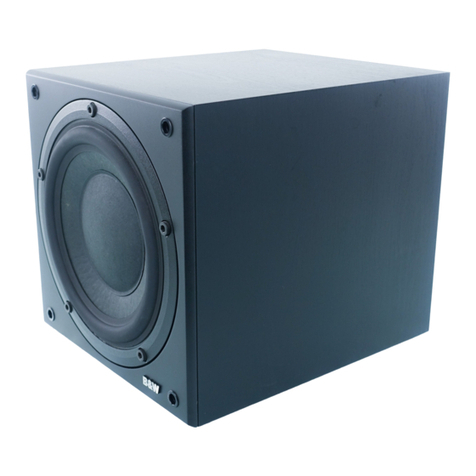
Bowers & Wilkins
Bowers & Wilkins ASW 2500 User manual
